Eat Your Weeds
Wondering if all those weeds have to go in the compost? Many you can actually eat! These plants are also found in vacant fields and sunny wooded borders all over New England. Always positively identify wild plants before ingesting.
WILD GREENS
Chickweed, lamb’s quarters, amaranth, curled dock all surpass conventional cousins in vitamins and minerals. Many of these wild weeds are delicious and colorful additions to salads:
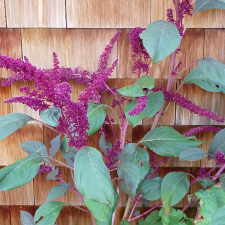
Amaranth is a wild beet, tops can be cooked like beet greens or sauté.
Wild chicory and wild mustard greens (which can be found all over New England – an rampant and undesirable plant because of the strong oils in the roots which kill mycorrhizal fungi in the soil) treat like mustard greens, chicory is mild in early spring and fall but is better in warm months. Blanch spicer leaves.
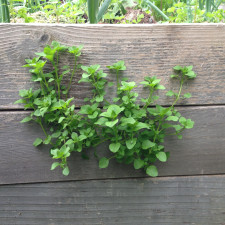
Chickweed stems taste like corn – use like sprouts on sandwiches. Chickweed is great on traditional tea-treats like cucumber sandwiches.
Curled Dock is pleasingly sour, substitute for sorrel.
Dandelion is best in early spring before flowers or in fall from new shoots after cut back. Great springtime ritual for cleansing.
Nettles are great in tea, harvest with gloves!
Lamb’s quarters is mild and soft, but packed with nutrition. Cook like spinach and can be substituted for spinach in recipes.
Pokeweed is actually sold in supermarkets in the south. The young shoots less than 1’ high is the only edible part, should be blanched in boiling water for 3-5 minutes not raw. Rest of plant is toxic.
Purslane can be eaten raw; mild and tangy juicy addition. Not super flavorful; good in a mix.
Violet Leaves are mild, can be raw or cooked. Flowers are fantastic in salad.
BOOK REFERENCES: Peter Gail’s Dandelion Celebration , Lee Allen Peterson’s A field guide to eastern edible wild plants, Roger Philip’s Wild Food, Euell Gibbons’ Stalking the Wild Asparagus

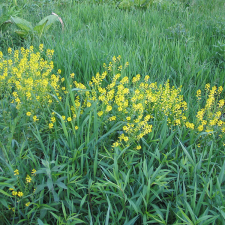
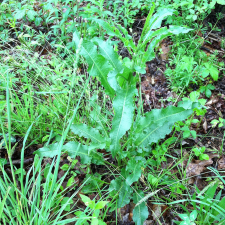
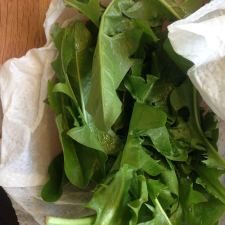
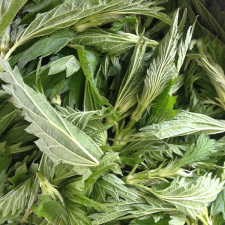
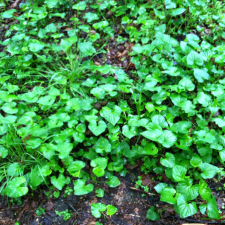
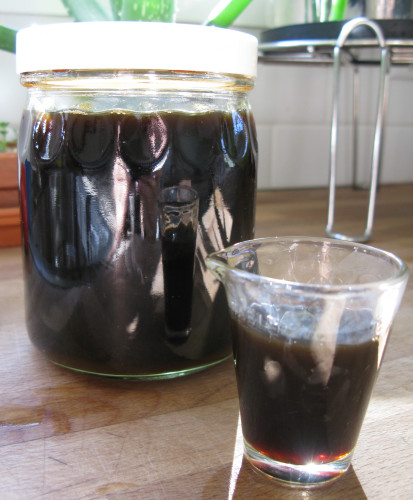
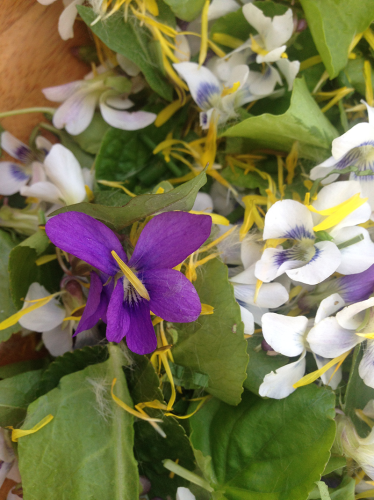
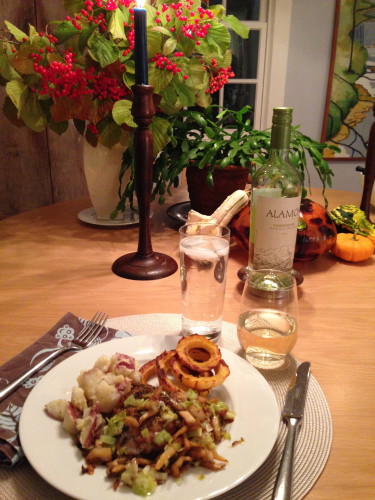
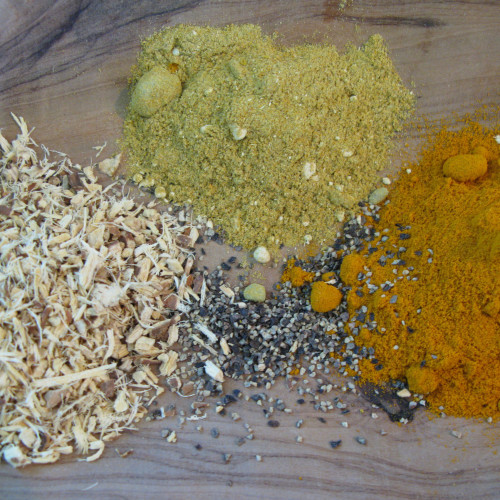

Pingback: Growing Herbs – The Basics | eco•logical herbalist | A resource for herbalist & gardeners